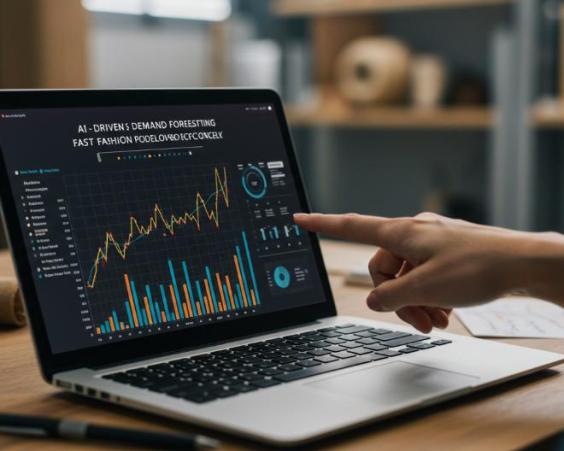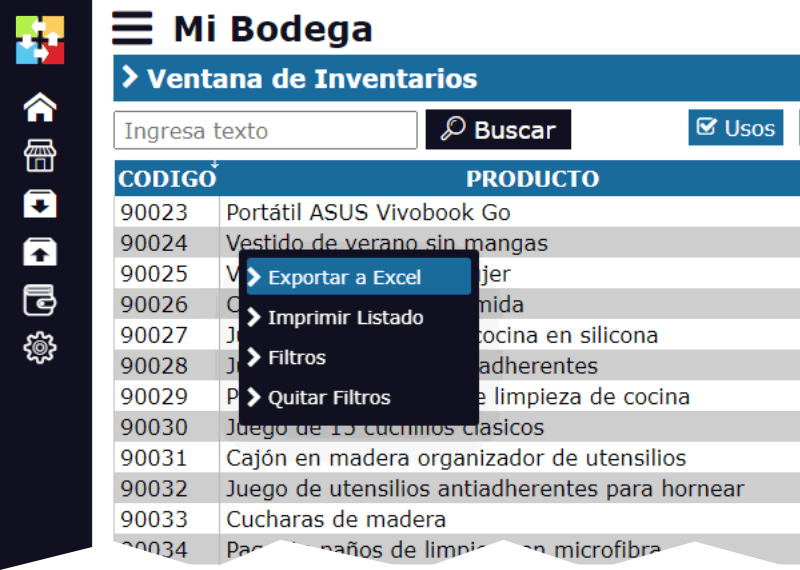How to use AI to predict demand for products with short life cycles (e.g. fast fashion).
How to use AI to predict demand in products with short life cycles (e.g. fast fashion)
In the digital age, demand prediction is crucial for companies that want to remain competitive in the market. Fast fashion is a perfect example of an industry characterized by short life cycles and constantly changing trends. In this article, we will explore how artificial intelligence (AI) can be used to predict demand in products with short life cycles, such as fast fashion.

Challenges in demand prediction in fast fashion
Fast fashion is an industry characterized by high production and distribution speed. Products have a short life cycle, meaning they must be designed, produced, and sold quickly to meet demand. However, this speed also poses challenges in demand prediction. Some of the most common challenges include:
- Constant changes in trends: Fast fashion is characterized by constant changes in trends, making it difficult to predict which products will be popular in the future.
- Limitations in the amount of historical data: Due to the nature of fast fashion, there are not always enough historical data to analyze and predict demand.
- Uncertainty in demand: Demand in fast fashion can be uncertain and difficult to predict, which can lead to errors in production and distribution.
How AI can help predict demand in fast fashion
AI can be used to predict demand in fast fashion in several ways. Some of the most common ways include:
- Historical data analysis: AI can analyze large amounts of historical data to identify patterns and trends in demand.
- Social network analysis: AI can analyze social networks to identify trends and patterns in demand.
- Prediction models: AI can create prediction models that use complex algorithms to predict demand.
- Machine learning: AI can use machine learning to adjust and improve prediction models as more data is collected.
Benefits of using AI to predict demand in fast fashion
Using AI to predict demand in fast fashion can have several benefits, including:
- Improved prediction accuracy: AI can improve the accuracy of demand prediction, which can help reduce errors in production and distribution.
- Increased efficiency: AI can help increase efficiency in production and distribution, which can reduce costs and improve profitability.
- Improved customer satisfaction: AI can help improve customer satisfaction by providing products that meet their needs and preferences.
Conclusion
Demand prediction is crucial for companies that want to remain competitive in the market. Fast fashion is a perfect example of an industry characterized by short life cycles and constantly changing trends. AI can be used to predict demand in fast fashion in several ways, including historical data analysis, social network analysis, prediction models, and machine learning. By using AI to predict demand, companies can improve prediction accuracy, increase efficiency, and improve customer satisfaction.






